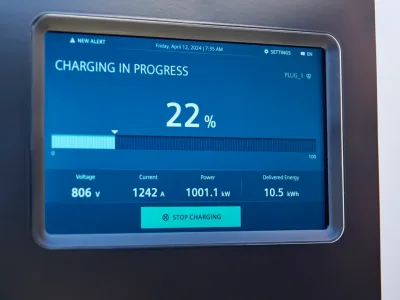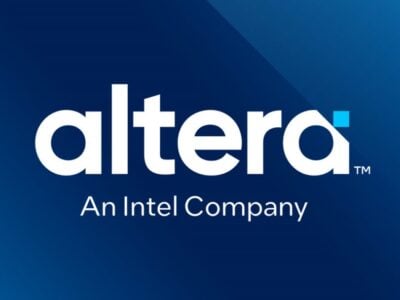Silicon Labs expands its range of clock ICs and oscillators to cover the whole market spectrum
The company which recorded a 70% growth in 2010 (and expects a high double-digit growth in 2011) in response to strong market demand, has added more than 100 clock generation and clock distribution products designed for cost-sensitive, high-volume consumer, enterprise, communications and embedded applications. This broad portfolio expansion results from the company’s recent acquisition of SpectraLinear, a strategic move aimed at accelerating Silicon Labs’ penetration in high-volume applications by leveraging SpectraLinear’s previous design wins and distribution channels.
The newly added clock generator and buffer products are designed to deliver the lowest power, smallest size and greatest frequency flexibility for cost-sensitive applications with timing requirements below 400 MHz. The clock generators are said to use from 20 to 40 percent less power than competing clock products, significantly extending battery life in portable applications. They also have a 30 percent smaller footprint than competing clocks, with single and dual-output package sizes as small as 1.8- x 2-mm making these tiny clock generators well suited for space-constrained portable and consumer applications.
The availability of one to four-PLL clock generator platforms ensures unprecedented flexibility in matching cost and performance to application needs. Flexible clock architectures enable factory customization to optimize jitter performance, functionality and system cost. The new clock generators offer best-in-class EMI reduction technology by providing more than twice the configurability of competing solutions for rise/fall times, output impedance, spread spectrum profiles, output skew and frequency, says the manufacturer. The ease of customizing these signal parameters reduces EMI compliance issues, which helps speed time to market.
Silicon Labs’ expanded timing IC portfolio now includes factory-customizable, fixed-function and drop-in replacement clock generator and clock distribution products such as general-purpose low-voltage CMOS clock generators, PCI Express (PCIe) Generation 1/2/3 clock generators, x86 clock generators for embedded systems and clock distribution products.
With its programmable timing solutions and online timing IC configuration and ordering capabilities, Silicon Labs wants to become a one-stop shop for anything timing related. Leveraging its patented DSPLL and MultiSynth technologies, the timing ICs is offers eliminate the need for many expensive discrete components while improving performance, minimizing board space and simplifying designs. Samples of custom-configured XO/VCXOs can ship in less than two weeks.
On another front, the company is developing new MEMS-based timing products that will integrate some of the CMEMS (CMOS+MEMS) technology developed by Silicon Clocks, a company acquired by Silicon Labs early 2010. Silicon Labs is working on the 3D integration of MEMS resonators and other sensor structures directly on top of standard CMOS wafers. With this approach, the company says it will eliminate the electrical parasitics and packaging issues associated with traditional solutions that co-package a standalone MEMS device and an IC. Silicon Labs plans to release its first MEMS-based 3D-integrated frequency control products early next year to further increase its marketshare of the low-cost timing market. With these aggressive and innovative strategies, Silicon Labs’ goal is to become one of the top 2 market players by 2014 (from ranking number 10 today).
More information about Silicon Labs products at www.silabs.com/pr/clocksandbuffers.
Visit Silicon Laboratories at www.silabs.com
Related news:
Industry’s first high-performance 4-PLL clock ICs focus on optical networking challenges
Silicon Labs : Any-rate, any-output clock generator simplifies timing architectures
 If you enjoyed this article, you will like the following ones: don't miss them by subscribing to :
eeNews on Google News
If you enjoyed this article, you will like the following ones: don't miss them by subscribing to :
eeNews on Google News




